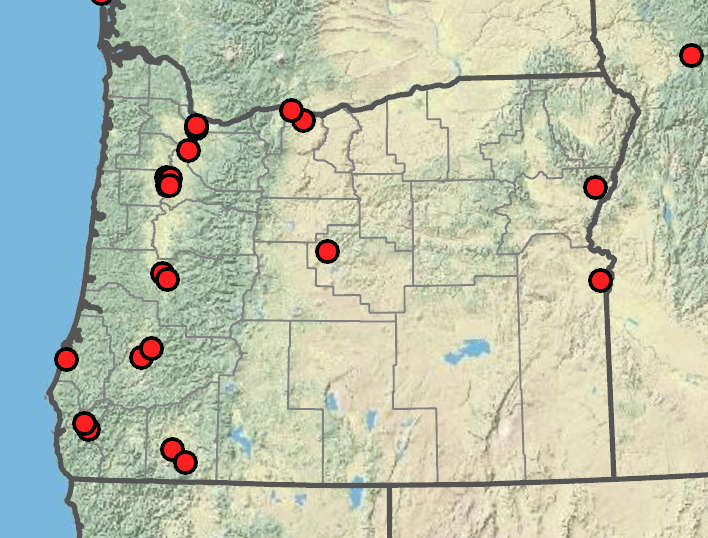Digitaria ciliaris
Digitaria ischaemum
smooth crabgrass
sheaths glabrous or sparsely pubescent, often pubescent near the top;
blades 1.5–9 cm × 3–5 mm; flat, glabrous, sometimes with a few papillose-based hairs on margins near base.
often purple with 2–7 spike-like branches, 6–15.5 cm × 0.7–2.5 mm, ascending to spreading.
1.7–2.3 mm.
lower glumes absent or reduced to a membranous rim;
upper glumes 1.3–2.3 mm, 3-veined, 75% to as long as the upper lemmas with appressed hairs that may form whitish lines between the veins or cover the entire surface.
lower lemmas 1.7–2.3 mm, pubescent, 7-veined, 3 middle veins usually widely spaced; outer veins tightly spaced and near the margins; upper lemmas stiff, pubescent, dark brown at maturity;
tips acute; awnless.
0.4–0.6 mm.
=36.
Digitaria ciliaris
Digitaria ischaemum
Disturbed areas, lawns, roadsides. 50–900 m. BW, Lava, Owy, Sisk, WV. CA, ID, NV, WA; throughout most of North America; warm-temperate regions worldwide. Exotic.
Digitaria ischaemum is recognized by its mostly glabrous foliage that is pubescent on the upper margins of the leaf sheaths and lower margins of the leaf blades. The matted hairs on the upper glumes and lower lemmas may form pale lines between the veins, but they may be longer, extensive, and gland-tipped, forming what can look like a coating of mold. Digitaria sanguinalis is similar and more common. Its foliage is sparsely covered with papillate-based hairs, and its glumes and sterile lemmas never appear moldy.
Barbara Wilson, Richard Brainerd, Nick Otting
- Local floras:
BC,
CA,
OR,
WA
- Local Web sites:
CalFlora,
CalPhotos,
Flora NW,
PNW Herbaria
WildflowerSearch
iNaturalist (observations)
USDA Plants Database
- LBJ Wildflower Center
- SEINet
- Plants of the World Online
- Encyclopedia of Life
- Wikipedia
- Google Image Search



